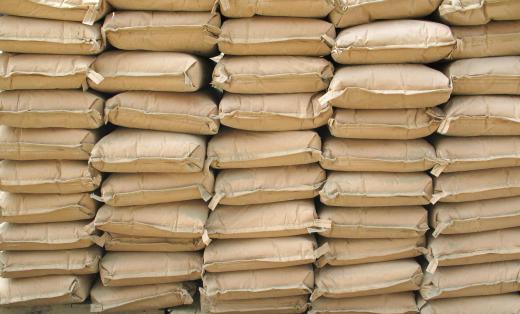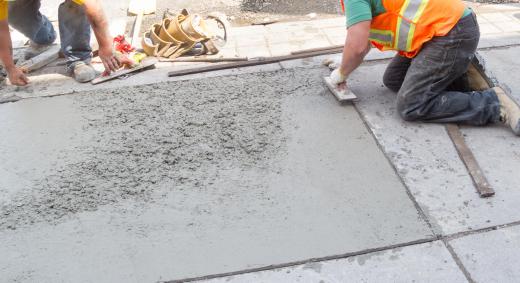Portland cement and water mixed with a soil aggregate produce a mixture referred to as soil cement. This material provides a low cost base for asphalt, concrete and other applications used in the construction of roads. Soil cement is also suitable as the primary surface for parking lots, roads and storage areas. When the soil cement is the primary surface, applying a thin layer of bituminous material and chips strengthens the product.
Common types of aggregate soils used to make this product include sand, clay, crushed stone or a combination of these materials. Some other types of granular materials suitable for this process include wastes from gravel quarries, fly ash or cinders. Soil cement is sometimes referred to as a cement treated aggregate base or a cement-stabilized base.

The way soil cement is manufactured depends on the type of aggregate material used and the location of the project. It is mixed at mixing plants when using nearby borrow material and then delivered to the job site. If a suitable aggregate is in place, the material is mixed on site. This process involves spreading the applicable amount of cement and water on the existing aggregate and mixing the materials thoroughly using heavy equipment designed for this task. After mixing is complete, the material is compacted to desired specifications with standard compacting equipment.

The final step in the process is curing. For the surface to cure properly, a bituminous material is applied, which also helps to strengthen the surface and control evaporation. The type of bituminous material used depends on the type of traffic the surface is subjected to during its expected life. Mixing the bituminous material with 1/2 to 3/4-inch (13 to 19 mm) chips is a suitable surface for light traffic. For heavier traffic applications, a layer of asphalt 1 1/2 inches (38 mm) thick may be installed over the soil cement.

As the aggregate materials are already in place or available at nearby borrow pits, soil cement is an economical choice for application to parking lots, roads and other surfaces. Samples of existing soil cement roads indicate that the material strengthens with age. Low cost, strength, and ease of installation combine to make this type of road surface a popular choice throughout the world.
